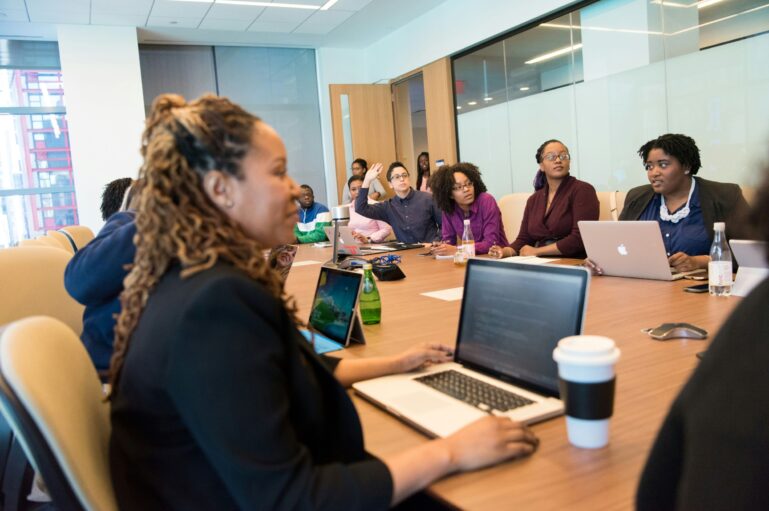There seem to be two views on necessary business change within leadership teams:
- Step change (significant change in policy and attitude, especially one that results in an improvement and increase) is risky and implies disrupting repetitive processes that leaders have been rewarded for improving over time
- Change is something that can be delegated, like other implementation-based activities (such as project management, risk, safety enhancements, etc.)
Sustainable survival-driven change, however, can’t be delegated – it must be owned and driven by all in leadership. It is usually most successful when, as a result of external factors, there’s a shared sense of urgency to deliver tangible change. The external factors bring the necessary disruption to the business – the business has to behave differently in order to survive (two examples: as a result of an alcohol sales ban during the COVID-19 pandemic, some spirits and wine manufacturers converted and dedicated a production line to the manufacture of alcohol-based hand sanitiser and a scuba diving equipment manufacturer converted processes into developing masks and other items of personal protective equipment).
Senior leadership must drive a change process for optimal results – the steps for this change should include the following:
- Align needed change to business strategy and goals – a critical review against the backdrop of organisational goals and performance objectives to ensure that the proposed change will achieve the required business results. This step in the process will also assist leaders with understanding the value of the change (the amount of energy and quantity of effort that one has to invest).
- Determine the impact of the proposed change and identify those who will be affected – all organisational levels need to be reviewed to get an understanding on how individuals will be impacted (training and support can thus be better targeted).
- Develop a comprehensive communication strategy – it should be inclusive of delivering on the change message as well as understanding the change pain. It should also include a timeline for incremental notifications, key messages and the communication channels that are going to be used.
- Provide change-specific training – all employees need to understand how and when they will receive training (formal or informal) to be able to deliver on the required change. The security of knowing that they will receive great training reduces anxiety amongst staff.
- Establish meaningful support structures – mobilise change champions throughout the business to provide support (technical and emotional) to assist employees with navigating the change requirements.
- Establish evaluation measures – monitor the change process to understand the impact of all aspects of the change. Correct mistakes and reinforce opportunities to build proficiencies.
During this pandemic, many businesses are finding that they need to transform radically in order to continue their existence, albeit in a different format. Disruption brings opportunity, but only if those in leadership grasp all the possibilities and meaningfully engage with employees to lead necessary change well.










